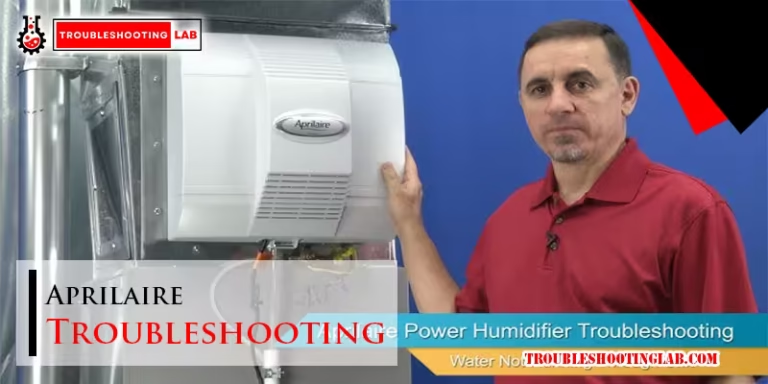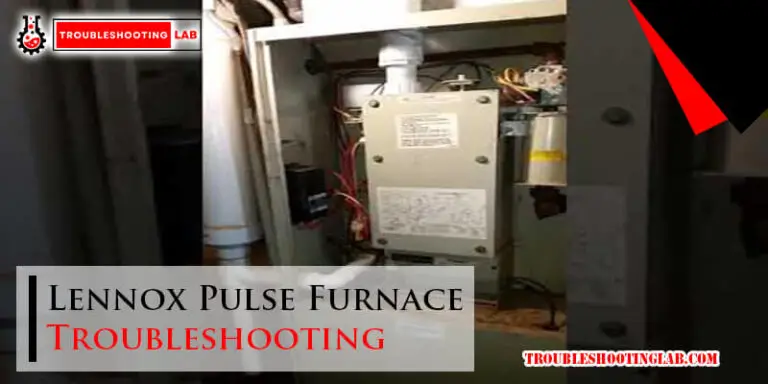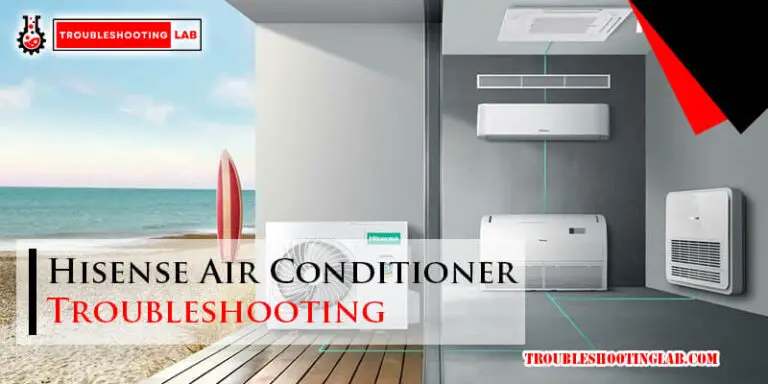Hot Dawg Heater Troubleshooting: Quick Fixes and Expert Tips
Dealing with a malfunctioning Hot Dawg Heater can be frustrating. You rely on it for warmth, especially during cold months.
Understanding how to troubleshoot common issues can save you time and money. In this guide, we will walk you through simple steps to diagnose and fix your Hot Dawg Heater. Whether it’s not producing heat or making strange noises, we’ve got you covered.
By the end, you’ll feel more confident in handling minor problems yourself. So, let’s dive in and get your heater back to working condition.
Common Issues
Hot Dawg heaters are reliable, but like any equipment, they can face issues. Understanding common problems helps in quick troubleshooting and ensures your heater runs smoothly. Here, we’ll discuss some of the most common problems you might encounter with your Hot Dawg heater.
No Heat
If your Hot Dawg heater produces no heat, several factors could be at play. Here are some possible causes and solutions:
- Thermostat Issues: Check if the thermostat is set correctly. Ensure it is not in the “off” position.
- Power Supply: Make sure the heater is properly plugged in and that the circuit breaker is not tripped.
- Ignition Problems: If the igniter is faulty, the heater won’t produce heat. Inspect the igniter for any visible damage.
- Gas Supply: Ensure the gas valve is open and there is an adequate supply of gas.
Frequent Cycling
Frequent cycling can reduce the efficiency of your Hot Dawg heater. Here are some common reasons and solutions:
- Thermostat Placement: If the thermostat is near a heat source, it may cause the heater to cycle on and off frequently. Relocate the thermostat if necessary.
- Dirty Filters: Clogged filters restrict airflow, causing the heater to cycle frequently. Clean or replace the filters regularly.
- Oversized Heater: An oversized heater can heat the space too quickly, leading to frequent cycling. Consider consulting a professional to ensure you have the right size heater.
- Faulty Limit Switch: A malfunctioning limit switch can cause the heater to cycle often. Inspect the switch and replace it if necessary.
By understanding these common issues, you can ensure your Hot Dawg heater operates efficiently and effectively.
Initial Checks
Experiencing issues with your Hot Dawg Heater? Start with some initial checks to diagnose the problem. These simple steps can help identify common problems and ensure your heater runs smoothly.
Power Supply
First, check if your heater is receiving power. Ensure the unit is plugged in securely. Also, verify if the circuit breaker hasn’t tripped. A tripped breaker can cut off power to the heater. If the breaker is tripped, reset it and see if the heater powers on.
Thermostat Settings
Next, inspect the thermostat settings. Make sure the thermostat is set to a temperature higher than the current room temperature. If it’s set too low, the heater may not activate. Adjust the settings and wait a few minutes to see if the heater turns on.
Pilot Light Problems
The pilot light is a critical part of your Hot Dawg Heater. It ignites the gas needed to produce heat. If the pilot light has issues, your heater won’t work properly. Here are some common problems and their solutions.
Ignition Failure
Ignition failure means the pilot light won’t ignite. This can be due to various reasons. One common issue is a blocked gas line. A dirty pilot orifice can also be the culprit. Here’s how to troubleshoot:
- Check the gas supply: Ensure the gas valve is open. If closed, turn it on.
- Clean the pilot orifice: Use a thin wire to remove any debris.
- Inspect the thermocouple: It might be loose or faulty. Tighten or replace it.
Flame Goes Out
Sometimes, the pilot light ignites but won’t stay lit. This can be frustrating. Here are a few potential causes and solutions:
- Check for drafts: Strong air currents can blow out the flame. Ensure the area is draft-free.
- Examine the thermocouple: A weak thermocouple won’t keep the gas valve open. Consider replacing it.
- Inspect the gas pressure: Low gas pressure can cause this issue. Contact your gas provider to check and adjust the pressure.
Solving these pilot light problems can get your Hot Dawg Heater running smoothly again.
Filter Maintenance
Filter maintenance is crucial for the efficiency of your Hot Dawg Heater. Keeping filters clean ensures optimal performance and extends the heater’s lifespan. Regular maintenance helps prevent costly repairs and keeps your space warm and cozy.
Cleaning Filters
Start by turning off the heater and disconnecting the power. Remove the filter from the heater. Use a soft brush or cloth to wipe off any dust and debris. For a thorough clean, rinse the filter with lukewarm water. Avoid using harsh chemicals or detergents. Let the filter dry completely before reinserting it into the heater. Regular cleaning can improve airflow and heating efficiency.
Replacing Filters
Sometimes, cleaning is not enough. Filters wear out and need replacement. Check the manufacturer’s guidelines for the recommended replacement schedule. Typically, filters should be replaced every six months. To replace the filter, turn off the heater and unplug it. Remove the old filter and dispose of it properly. Insert the new filter, making sure it fits snugly. Reconnect the power and turn the heater back on. Replacing filters regularly ensures your heater runs smoothly and efficiently.
Burner Troubles
Experiencing issues with your Hot Dawg heater’s burner? This section will help you understand and troubleshoot common burner problems. Let’s dive into some common burner troubles and their solutions.
Burner Not Lighting
If the burner does not light, check the power supply. Ensure the heater is plugged in properly. Verify that the circuit breaker is on and not tripped. Inspect the thermostat to make sure it is set to heat mode. The thermostat should be set above the current room temperature.
Next, examine the gas supply. Make sure the gas valve is open. Inspect the burner for any blockages. Clean out any debris that may be obstructing the burner. If the burner still does not light, the igniter might be faulty. Consider contacting a professional for a thorough inspection.
Inconsistent Flame
An inconsistent flame can indicate an issue with the gas pressure. Check if the gas supply is steady. If the gas pressure is low, the flame may flicker or go out. Ensure the gas line is not kinked or damaged. Inspect the burner for any debris that may be affecting the flame.
Sometimes, the air mixture may be incorrect. Adjust the air shutter to get a steady flame. If the flame remains inconsistent, the thermocouple might be malfunctioning. The thermocouple is a safety device that detects the flame. If it is dirty or damaged, it may cause the flame to be unstable. Clean or replace the thermocouple as needed.

Credit: www.youtube.com
Fan Issues
Experiencing fan issues with your Hot Dawg Heater can be frustrating. A well-functioning fan is crucial for optimal heating performance. Let’s delve into common fan problems and how to troubleshoot them.
Fan Not Running
If your fan is not running, it can cause the heater to overheat. Here’s how to troubleshoot:
- Check the power supply. Ensure the heater is plugged in properly.
- Inspect the thermostat settings. Make sure they are set correctly.
- Look for a tripped circuit breaker. Reset it if necessary.
- Examine the fan motor. It might need replacement if it’s faulty.
Sometimes, a simple reset can solve the issue. Refer to your heater’s manual for reset instructions.
Noisy Fan
A noisy fan can be annoying and indicate underlying problems. Here are some steps to address it:
- Clean the fan blades. Dust buildup can cause noise.
- Tighten loose screws. Loose parts can create a rattling sound.
- Lubricate the fan motor. Lack of lubrication can cause squeaking.
- Check for obstructions. Ensure nothing is blocking the fan’s movement.
Persistent noise might require professional inspection. Don’t ignore it, as it could lead to more significant issues.
Gas Supply Concerns
Gas supply concerns can cause your Hot Dawg Heater to malfunction. Addressing these issues promptly ensures the heater runs smoothly. This section covers essential checks and fixes for gas supply problems. Follow these steps to troubleshoot gas supply issues.
Gas Valve Check
The gas valve regulates the flow of gas to the heater. A faulty valve can prevent the heater from working. To check the valve, turn off the heater and locate the valve. Make sure it is in the open position. If the valve is closed, turn it counterclockwise to open it. If the valve appears damaged, consider replacing it.
Testing the gas valve is also important. Turn on the heater and observe the flame. A steady, blue flame indicates a functioning valve. A yellow or flickering flame suggests a problem. In such cases, contact a professional for further inspection.
Gas Leaks
Gas leaks pose serious risks to safety and heater performance. Detecting a gas leak early can prevent accidents. To check for leaks, use a soap and water solution. Apply the solution to the gas connections and look for bubbles. Bubbles indicate a leak. Tighten the connections or replace faulty parts to stop the leak.
Another way to detect gas leaks is by smell. Natural gas has a distinct odor, similar to rotten eggs. If you smell gas, turn off the heater immediately. Ventilate the area and avoid using electrical appliances. Contact a professional to fix the leak and ensure safety.

Credit: forums.pelicanparts.com
Professional Help
Experiencing issues with your Hot Dawg Heater can be frustrating. While some problems can be fixed with a DIY approach, others may need professional help. Knowing when to call a technician and how to choose the right service can save you time and money.
When To Call A Technician
Some issues are beyond the capabilities of the average homeowner. Here are key signs that you need professional help:
- Unusual Noises: If you hear loud banging or grinding, it could signal a serious issue.
- No Heat: If the heater is running but not producing heat, it’s time for a technician.
- Frequent Cycling: The heater turns on and off too often. This can indicate a malfunction.
- Gas Smell: If you smell gas, turn off the heater and call a professional immediately.
- Electrical Issues: Any sign of electrical failure should be handled by a technician.
Choosing The Right Service
Finding the right service provider is crucial. Here are some tips:
- Check Credentials: Ensure the technician is licensed and certified.
- Read Reviews: Look for reviews and ratings online.
- Get Multiple Quotes: Compare prices and services.
- Ask for References: Ask for previous customer references.
- Warranty and Guarantees: Check if the service offers any warranty or guarantees.
Choosing the right professional can ensure your heater is fixed correctly and safely.

Credit: forum.heatinghelp.com
Frequently Asked Questions
How Do I Reset My Hot Dawg Heater?
To reset your Hot Dawg heater, turn off the power. Wait a few minutes. Turn it back on.
Why Is My Hot Dawg Heater Not Igniting?
Check the gas supply first. Ensure the thermostat is set correctly. Clean the flame sensor.
What Should I Do If My Heater Blows Cold Air?
Inspect the thermostat settings. Clean or replace the air filter. Check for blocked air vents.
How Often Should I Service My Hot Dawg Heater?
Service your heater once a year. Regular maintenance ensures efficiency and prevents issues.
Why Does My Heater Make Loud Noises?
Loud noises may mean loose parts. Tighten screws and bolts. Call a professional if needed.
Conclusion
Solving issues with your Hot Dawg Heater is easier than you think. Follow the steps outlined above for quick fixes. Regular maintenance can prevent many problems. Always prioritize safety when working with heaters. Check connections and clean filters regularly. If problems persist, contact a professional.
A well-maintained heater ensures warmth in winter. Stay cozy and safe with a properly working Hot Dawg Heater. Thanks for reading our troubleshooting guide. Happy heating!




